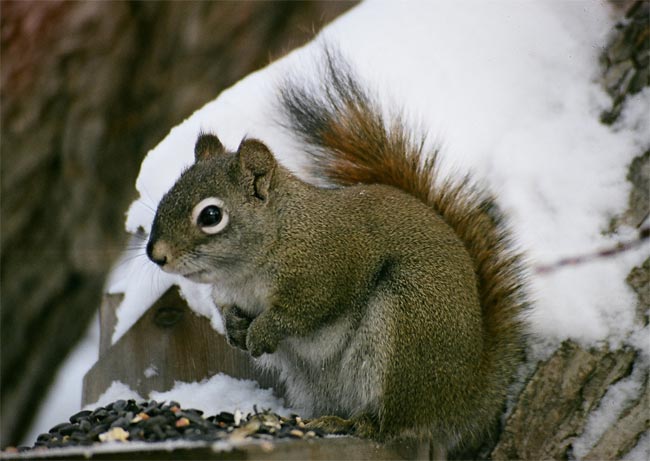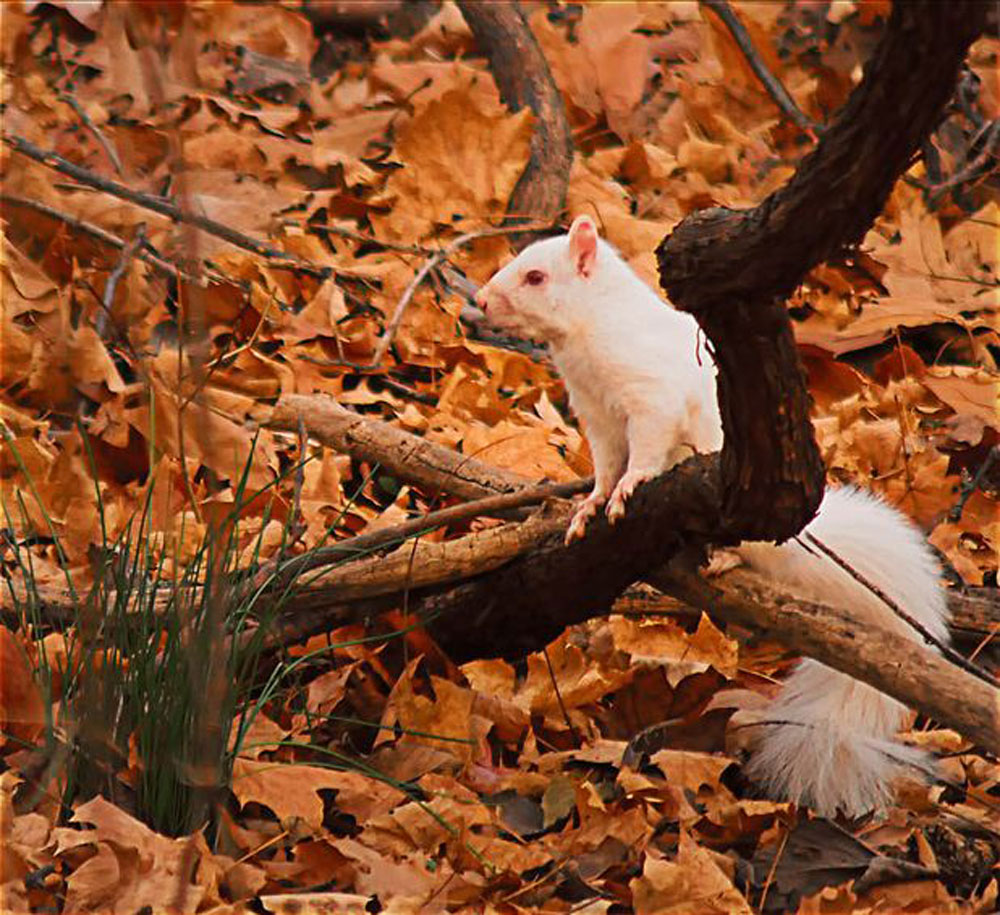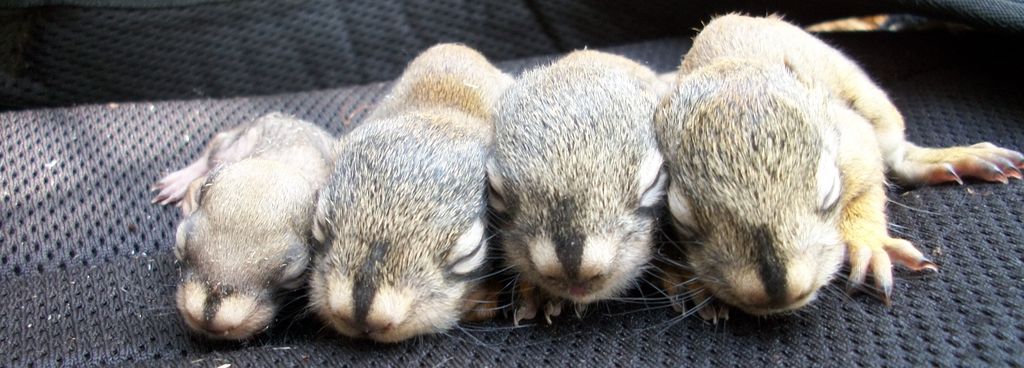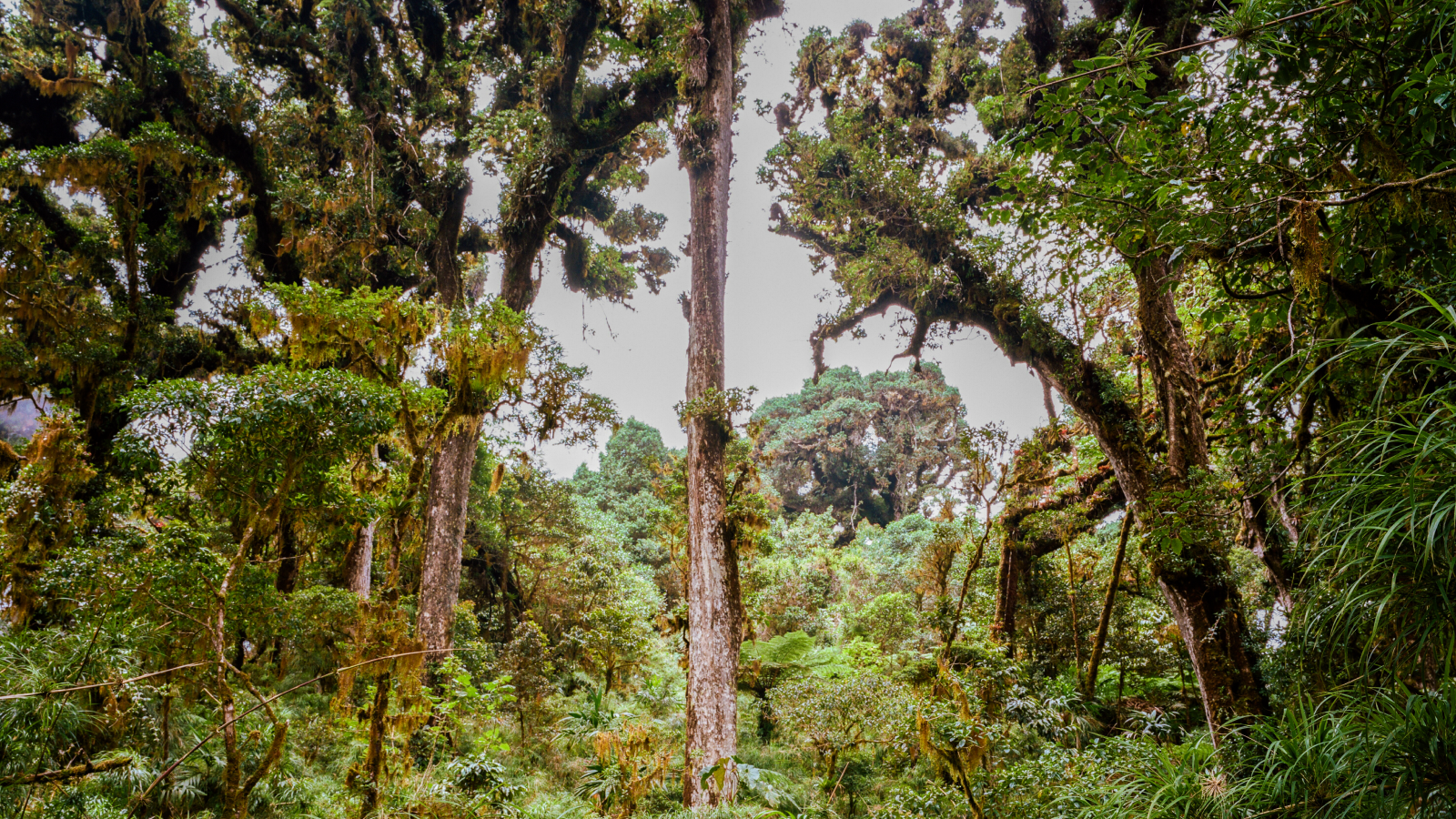Squirrels: Diet, Habits & Other Facts
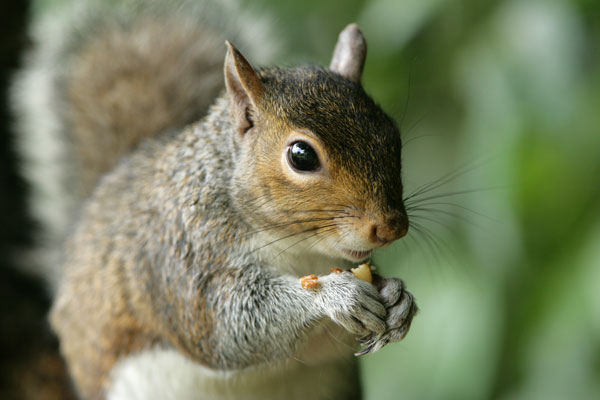
Squirrels are nimble, bushy-tailed rodents found all over the world. They belong to the Sciuridae family, which includes prairie dogs, chipmunks and marmots.
There are more than 200 species of squirrels, according to the Integrated Taxonomic Information System (ITIS), and they are categorized into three types: tree squirrels, ground squirrels and flying squirrels. These three categories are further broken down into many squirrel types, such as Albino, Mountain Tree, Antelope, Spotted, Grey, American Red, Douglas, Fox, Pygmy, Northern Flying, Southern, Arizona Gray, Idaho, Arctic Ground, Albert’s, Franklin, Richardson, Rock, White and Black squirrel.
Size
Since there are so many types of squirrels, they range greatly in size. The smallest squirrel is the African pygmy squirrel. It grows to 2.8 to 5 inches (7 to 13 centimeters) in length and weighs just 0.35 ounces (10 grams). The Indian giant squirrel is the world's largest known squirrel. It grows to 36 inches (1 meter) long and weighs up to 4 pounds (1.8 kilograms).
Grey squirrels, commonly found in North America, are medium-size squirrels. They grow to 15 to 20 inches (38.1 to 50.8 cm) in length, with their tails adding an extra 6 to 9.5 inches (15.24 to 24.13 cm) to their length. They typically weigh about 1 to 1.5 pounds (0.45 to 0.68 kg).
A group of squirrels are called a scurry or dray. They are very territorial and will fight to the death to defend their area. Mother squirrels are the most vicious when defending their babies.
Some squirrels are crepuscular. This means that they are only active at dawn and dusk.
Where do squirrels live?
Squirrels live on every continent except in Australia and Antarctica, according to the BBC.
Get the world’s most fascinating discoveries delivered straight to your inbox.
Tree squirrels typically live in wooded areas, since they prefer to live in trees. Ground squirrels live up to their names. They dig burrows, a system of tunnels underground, to live in. Some squirrels also hibernate in burrows during the winter to keep warm.
Flying squirrels make their homes in tree holes or nests that are built into the crooks of branches. To get from tree to tree or from a tree to the ground, flying squirrels spread the muscle membrane between their legs and body and glide on the air. They can glide up to 160 feet (48 m), making it look like they can fly.
On average, squirrels eat about one pound of food per week. Many people think that squirrels only eat nuts, but this isn't true. Squirrels are omnivores, which means they like to eat plants and meat. Squirrels mainly eat fungi, seeds, nuts and fruits, but they will also munch on eggs, small insects, caterpillars, small animals and even young snakes.
What do squirrels eat?
To prepare for cold months, squirrels will bury their food. In the winter months they have a store of food they can eat when supplies are scarce.
Baby squirrels
A female carries her young for a gestation period of 29 to 65 days, depending on the size of the species; smaller squirrels have shorter gestation periods, according to the University of Michigan's Animal Diversity Web. Mothers give birth to two to eight offspring at one time. Babies are called kits or kittens and are born blind. They depend on their mothers for around two or three months.
After seven to eight weeks, the young are weaned. When the kits leave the nest, they don't travel farther than 2 miles from home, according to the Massachusetts Department of Wildlife and Fisheries. Some species of squirrel have new litters every few months or as little as twice per year.
Classification/taxonomy
The taxonomy of squirrels, according to the Integrated Taxonomic Information System (ITIS), is:
- Kingdom: Animalia
- Phylum: Chordata
- Class: Mammalia
- Order: Rodentia
- Suborder: Sciuromorpha
- Family: Sciuridae
- Subfamilies: Callosciurinae (Southern Asian tree squirrels), Ratufinae (giant tree squirrels), Sciurillinae (South American pygmy squirrels), Sciurinae (includes flying squirrels), Xerinae (includes ground squirrels)
- Genera & species: 21 genera & more than 200 species, including Lariscus hosei (Four-striped ground squirrel), Exilisciurus whiteheadi (Tufted pygmy squirrel), Ratufa bicolor (Black giant squirrel), Glaucomys sabrinusi (Northern flying squirrel) and Tamiasciurus hudsonicus (Red squirrel)
Conservation status
According to the International Union for the Conservation of Nature's Red List, these species are endangered: San Joaquin antelope ground squirrel, woolly flying squirrel, Sipora flying squirrel, Mentawi flying squirrel, Siberut flying squirrel, smoky flying squirrel, Vincent's bush squirrel, Baja California rock squirrel, Idaho ground squirrel, Perote ground squirrel, fraternal squirrel and Mearns' squirrel. The Namdapha flying squirrel is critically endangered.
Other facts
Squirrels have four teeth in the front of their mouth that constantly grow throughout their lives. This ensures that their teeth don't wear down to nubs from gnawing on nuts and other objects.
These rodents have remarkable little bodies. For example, a squirrel has padded feet that cushions jumps from up to 20 feet (6 meters) long. Their eyes are high on their head and placed on each side of the head so they can see a large amount of their surroundings without having to turn their head. They are also fantastic runners. Squirrels can run 20 mph (32 kph).
The gray squirrel (Sciurus carolinensis) isn't just gray. It comes in a variety of colors, such as white, gray, brown and black. These little squirrels are great at planting trees. They bury their acorns, but forget where they put them. The forgotten acorns become oak trees.
Correction: This article was updated on May 4, 2016, to reflect the correct length of the gestation period.
Other resources:



